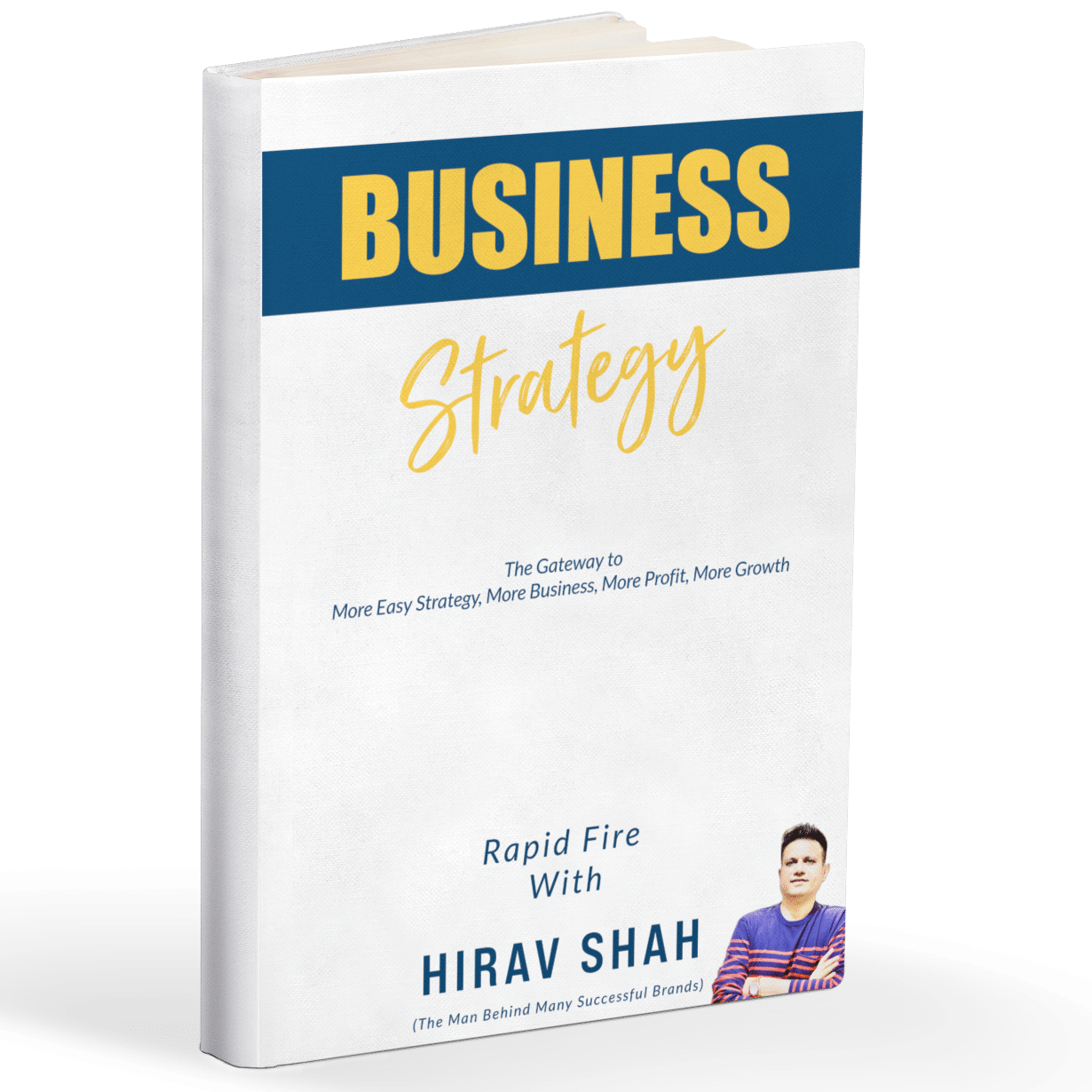Mergers and acquisitions (M&A) have become crucial strategies in reshaping the global financial landscape. Especially in industries like banking, insurance, and finance, the merger process is not just about combining two companies—it’s about redefining the competitive edge and responding to market demands, regulatory changes, and technological advancements. But what does it really mean for these industries, and how do strategic decisions shape the future of such deals? Let’s explore the impact of mergers and acquisitions in these sectors, while highlighting the role of business strategists in driving success.
Table of Contents
Understanding Mergers and Acquisitions in Finance, Banking, and Insurance
Mergers and acquisitions in financial services can create significant shifts in market dynamics. These deals are typically executed for various reasons:
- Increased Market Share: Combining two organizations helps create a stronger market presence and an expanded customer base.
- Cost Efficiencies: By merging, companies can streamline operations, reduce redundancies, and lower costs.
- Access to New Technologies: The fast-paced digital evolution in finance means that gaining access to tech-driven solutions is often one of the key drivers of M&A in this sector.
- Geographic Expansion: For banks and insurers, mergers are a fast-track to entering new regions or countries.
Examples of Mergers in These Industries
- JPMorgan Chase & Bank One (2004):
JPMorgan Chase, one of the world’s largest financial institutions, merged with Bank One to create a more diversified and powerful banking entity. The merger allowed JPMorgan to expand its retail banking footprint and improve its financial services. - AIG & American General (2001):
AIG’s acquisition of American General was a strategic move to consolidate its position as a leading global insurer, particularly in the U.S. market. It provided AIG with stronger capabilities in life insurance and annuity products. - Barclays & Lehman Brothers (2008):
During the financial crisis, Barclays acquired Lehman Brothers’ North American operations to expand its global reach and enhance its investment banking operations, despite the challenging economic environment.
The Role of Business Strategists in Mergers
When financial institutions, banks, and insurance companies go through mergers or acquisitions, the role of a business strategist becomes pivotal. These professionals, such as Hirav Shah, known as “The Game Changer,” focus on creating tailored strategies to ensure the smooth integration of both companies while maximizing value. Let’s break down how these strategists influence the M&A process:
Key Roles of Business Strategists
- Identifying Synergies: The business strategist works to identify potential synergies between merging entities—whether it’s cost savings, product cross-sell opportunities, or operational efficiencies.
Example: When two banks merge, a strategist may identify that the smaller bank’s branch network could be consolidated, reducing operational costs and increasing profitability. Alternatively, the strategist might find ways to cross-sell credit products to each other’s existing customers.
- Market Positioning and Competitive Advantage: A business strategist helps redefine the new merged company’s brand and position in the market. This may include differentiating the combined entity from competitors and ensuring it has a unique offering.
Example: In the case of Chase and Bank One, a strategist would have emphasized leveraging the increased scale and breadth of services to position the new entity as an innovative leader in both retail and corporate banking.
- Cultural Integration: Mergers often fail when the cultures of the two companies clash. Business strategists carefully design a strategy that aligns organizational cultures, ensuring smoother transitions.
- Risk Assessment and Mitigation: The strategist ensures that the risks associated with the merger—such as regulatory challenges, customer attrition, or IT system integration—are properly assessed and mitigated.
Example: When AIG acquired American General, the risk of losing customers due to integration difficulties was a major concern. The strategist would have designed a detailed customer retention strategy to minimize disruption.
- Post-merger Integration: Ensuring that systems, teams, and processes work seamlessly after the merger is crucial. The strategist leads this phase by focusing on operational integration and continuous improvement.
M&A Calculations in Banking & Finance: A Quick Overview
The impact of mergers can be quantitatively assessed in several ways, with the most common metric being Return on Investment (ROI). Let’s look at an example calculation.
Example: Banking Merger ROI
Consider a scenario where Bank A and Bank B merge to create Bank C.
- Bank A’s Post-Merger Profit: $100 million
- Bank B’s Post-Merger Profit: $60 million
- Merger Costs: $30 million
- Total Merger Profit: $160 million
- Total Costs Involved in the Merger (including transaction costs, advisory fees, legal costs, etc.): $50 million
ROI Calculation:
[
ROI = \frac{{\text{Total Profit} – \text{Total Costs}}}{\text{Total Costs}} \times 100
]
[
ROI = \frac{{160M – 50M}}{50M} \times 100 = \frac{110M}{50M} \times 100 = 220%
]
In this case, the ROI of 220% suggests a highly successful merger from a financial standpoint.
Frequently Asked Questions (FAQs)
1. Why do banks merge?
Banks merge to increase their market share, reduce operating costs, improve technological capabilities, and expand their geographical footprint. Mergers allow banks to become more competitive in a rapidly evolving market.
2. How does a merger affect customers?
The impact on customers can be both positive and negative. On the one hand, customers may benefit from a wider range of products, better customer service, and improved digital platforms. On the other hand, there may be service disruptions, branch closures, or changes in terms of fees and products during the integration process.
3. What are the risks involved in a merger for financial institutions?
Some risks include regulatory hurdles, cultural clashes between merging organizations, loss of key personnel, and integration difficulties. There is also the risk of customer attrition if the merged company doesn’t effectively communicate the benefits of the merger to clients.
4. How does a business strategist contribute to the success of a merger?
A business strategist plays a crucial role in identifying synergies, minimizing risks, guiding cultural integration, and ensuring post-merger success through effective planning and execution. Their expertise ensures that the merger creates long-term value for both the organization and its stakeholders.
5. Can insurance companies benefit from mergers?
Yes, insurance companies can benefit from mergers by achieving better risk management, diversifying their portfolio, and expanding into new markets. Mergers in the insurance industry also allow companies to invest in cutting-edge technology and improve their service offerings.
Conclusion
Mergers in the financial, banking, and insurance sectors hold the potential to create greater efficiency, expand market presence, and enhance competitiveness. However, they also bring challenges that require careful planning and execution. A business strategist, like Hirav Shah, plays a critical role in navigating these complexities and ensuring the success of the merged entity. With the right strategies in place, these mergers can lead to innovation, growth, and a sustainable competitive advantage.










